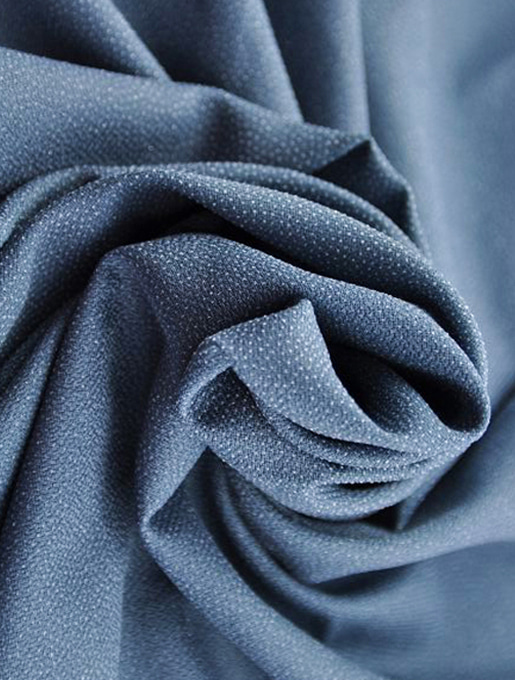Twill Fabric Series 7

Product description:
1:This production adopt advanced double dot coating technique.It has a good performance after dry and water washing with low shrinkage.
2:It widely suits for the materials of silk,cotton,polyester cotton,polyester viscose,chemical fibers,woolen etc.
3:It is suitable for the front parts,collar,sleeve,waistband,placket,pocketing and reinforcement parts of jacket,wind coat,overcoat and suits.
The main advantage of knits over woven fabrics is that knit fabrics offer a greater degree of stretch. In contrast, woven fabrics will resist stretching, making them more desirable for tailored garments. Knitted fabrics are also often used in expensive apparel.Knitted interlining is often made of circular or jersey knit materials. These types of knits are bonded to other materials with adhesive. This allows them to retain their shape even after a few washings.Woven interlining is usually produced from natural or synthetic fibers and is woven in a sheet form.
This type of interlining is used to improve the durability and comfort of garments. Its properties include thickness, abrasion resistance, and air permeability. These properties can be measured before the garments are used.Interlinings can be classified into two categories: cross and composite. The former is more suitable for soft outer fabrics, while the latter is more suitable for general-purpose use. When choosing a type of interlining, pay attention to the above three parameters. A fabric with good compatibility should not pucker or bubble when being attached.Polyester fibers have the lowest softening point, while nylon fibers have a higher one. However, woven interlinings with thermoplastic fibers may be prone to wrinkles. In order to overcome this issue, some manufacturers use thermoplastic fibers.Woven interlining is a popular material used in apparel manufacturing. It adds body and structure to the outer layers of a garment, which makes the garments more durable. It also increases the bond strength.
The stretching property of woven materials helps make the fusing bond stronger, which means that the outer fabric is less likely to rip or tear.Woven fabrics are more expensive than non-woven materials, but there are benefits to using them. They are able to stretch better under high-demand conditions, which increases the comfort of a garment. In addition, woven fabrics are environmentally friendly, making them a more sustainable option. Cotton made fabric is naturally degradable and can be recycled.Nonwovens, on the other hand, are made without yarn interlacement. The fibers are directly joined to the base fabric. While this reduces the base fabric cost, the nonwoven does not offer the strength needed in apparel. However, nonwoven fabrics can be reinforced with Bonding techniques. Nonwoven fabrics are available in weights from 10gsm to 200gsm, which means that you can find a fabric that meets your needs and budget.

 English
English Español
Español Türk
Türk 简体中文
简体中文









